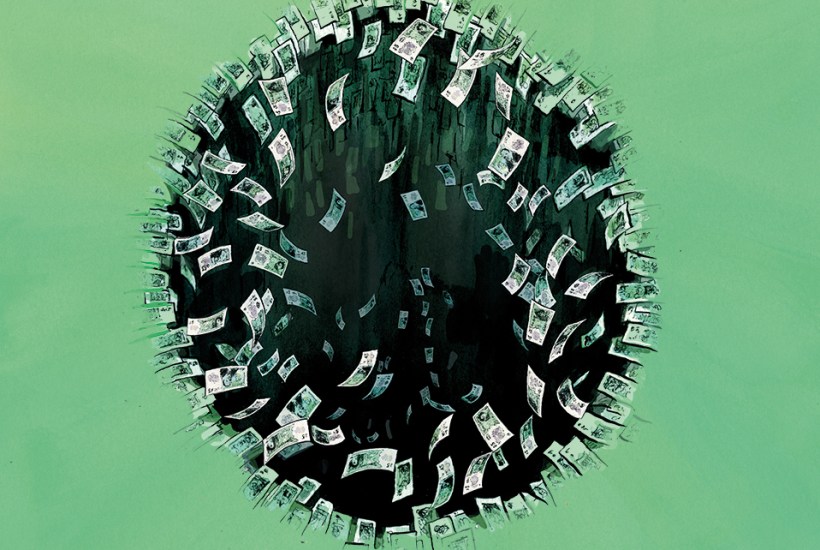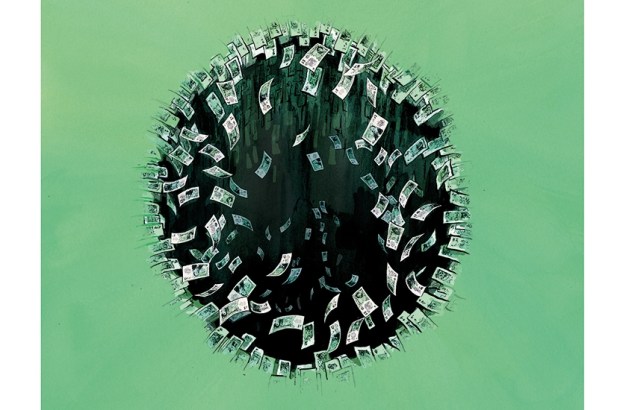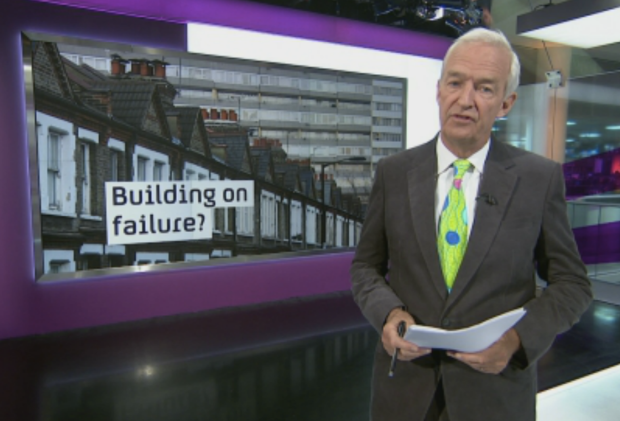Having delivered his platitudes on climate change at Cop27, Rishi Sunak returns to a more pressing problem: how to keep Britain’s lights on this winter. Last week it was revealed that the government has been wargaming a ‘reasonable worst-case scenario’ in which blackouts last up to a week. Whether those fears prove unfounded or not, there is a huge and growing hole in the future of Britain’s electricity supply, with little to explain how it will be filled. The lights might not go out this winter, but there is a reckoning coming as Britain attempts to steer towards net zero.
Over the past decade the National Grid has succeeded in virtually ending coal power in Britain. The proportion of our electricity generated by coal fell from 29.5 per cent in 2011 to just 2.1 per cent in 2021. Most of the coal power has been replaced by wind and solar (up from 5.2 per cent in 2011 to 24.6 per cent in 2021) and by ‘thermal renewables’ – the filthy business of burning wood pellets made from trees in North America – which is up from 3.6 per cent in 2011 to 12.9 per cent in 2021.
What the electricity industry has not managed to do is to wean us off gas. We are pretty much where we were a decade ago, with gas accounting for 39.9 per cent of generation in 2021 compared with 39.8 per cent in 2011. This matters not just because it has exposed consumers to high wholesale gas prices in recent months, but because the government’s path to net zero involves eradicating all fossil fuels and ensuring a carbon-free electricity supply by 2035.
Indeed, the price we are paying for gas-generated electricity is even higher than it need be at present because of the way we are now using it. We use gas-fuelled power to plug the gaps when intermittent wind and solar can’t deliver the goods. Over the summer everyone from Boris Johnson to Extinction Rebellion was parroting the figure that wind power costs ‘nine times’ less than that of gas power. But this is a false comparison. The figure comes from an analysis by the pressure group Carbon Brief comparing the long-term, guaranteed, index-linked prices paid to renewable energy firms with the ‘day ahead’ prices which have to be paid to owners of gas power stations to fire them up for a few hours to make up a shortfall in supply. It is like comparing the cost of a season ticket on the train to the price of hailing an Uber in the rush hour on the day of a rail strike.
How many times this year have you heard advocates of green energy decrying the fact that consumers have been ripped off by our failure to shift to renewables even more quickly? Yet we really don’t have an alternative to gas to make up for shortfalls in wind and solar. We could try to store renewable energy, but storage, in the form of batteries, say, or pumped-storage hydro-electric stations or some other emerging technology, is incredibly expensive. It costs around three or four times more to store a unit of electricity than it does to generate it in the first place.
If we are going to get anywhere near de-carbonising the electricity grid, we will have to invest in energy storage, at huge cost. At present we have the capacity to store less than an hour’s worth of the country’s electricity demand, yet in winter conditions can be both windless and overcast for days at a time. The grid was built to transport electricity generated in coal plants close to where it was consumed. Wind and solar farms tend to be distributed in more remote locations, by contrast, so the grid itself will have to be reconfigured, again at huge cost. We are also going to need a massive increase in overall generation capacity as road vehicles and central heating systems are forced to switch to electric power. A switch to renewable energy will be very far from cheap.
And at the moment, we are going in the wrong direction. Overall generation capacity available to the National Grid actually fell from 77.9 GW in 2019 to 76.6 GW in 2021. Moreover, wind and solar farms are not performing in the way which was hoped. Last year alone, the available generation capacity of wind power grew by 5.3 per cent and solar by 2.8 per cent. Yet the amount of electricity actually generated by wind, wave and solar plunged by 9.3 per cent, largely on account of low wind speeds. This is a problem which the wind industry has yet to grasp: there is a long-term declining trend in wind speeds over the UK – and indeed throughout most of the world. This is an aspect of climate change which gets little coverage, perhaps because it conflicts with the lazy and incorrect narrative, perpetuated by the former chairman of the Environment Agency among others, that Britain is facing more ‘violent’ weather.
Sooner or later, something is going to have to give. The ‘Road to Zero Carbon’ report published by the National Grid ESO last year provides little comfort. ‘The concept of baseload is now gone,’ it declares, likening the National Grid of old to a train and the renewables-based National Grid of the future to a more manoeuvrable sports car. In this green future that they imagine, demand will be matched to supply via something called ‘dynamic containment’ – or surge pricing, as the rest of us might call it. But how much will electricity suppliers have to charge to manage demand at times when the supply of wind and solar energy frequently collapses to 5 per cent or less of what it can reach in windy and sunny conditions?
We can only guess, but here’s a clue from the wholesale markets. In September last year, thanks to low wind speeds, electricity suppliers were forced to pay wholesale prices of £2,500 per MWh to persuade gas power stations to enter the market – 50 times average prices at the time. In July, they briefly had to pay Belgian electricity suppliers £9,724 per MWh to prevent the lights going out in London.
At present, consumers are not directly exposed to these kind of price surges, because they are absorbed by retail suppliers of electricity. But it is the intention that in the future consumers will be charged variable rates for electricity via their smart meters.
That, then, is the future to which we can look forward: not one where the lights necessarily go out, but where we are forced to pay through the nose if we want to keep them on in unfavourable weather conditions. The price of green energy is a form of terrible segregation, where the rich will have access to light and heat, and those who need it most, the poor, will shiver in the dark.
The post The true cost of renewable energy appeared first on The Spectator.
Got something to add? Join the discussion and comment below.
Get 10 issues for just $10
Subscribe to The Spectator Australia today for the next 10 magazine issues, plus full online access, for just $10.
You might disagree with half of it, but you’ll enjoy reading all of it. Try your first month for free, then just $2 a week for the remainder of your first year.














Comments
Don't miss out
Join the conversation with other Spectator Australia readers. Subscribe to leave a comment.
SUBSCRIBEAlready a subscriber? Log in